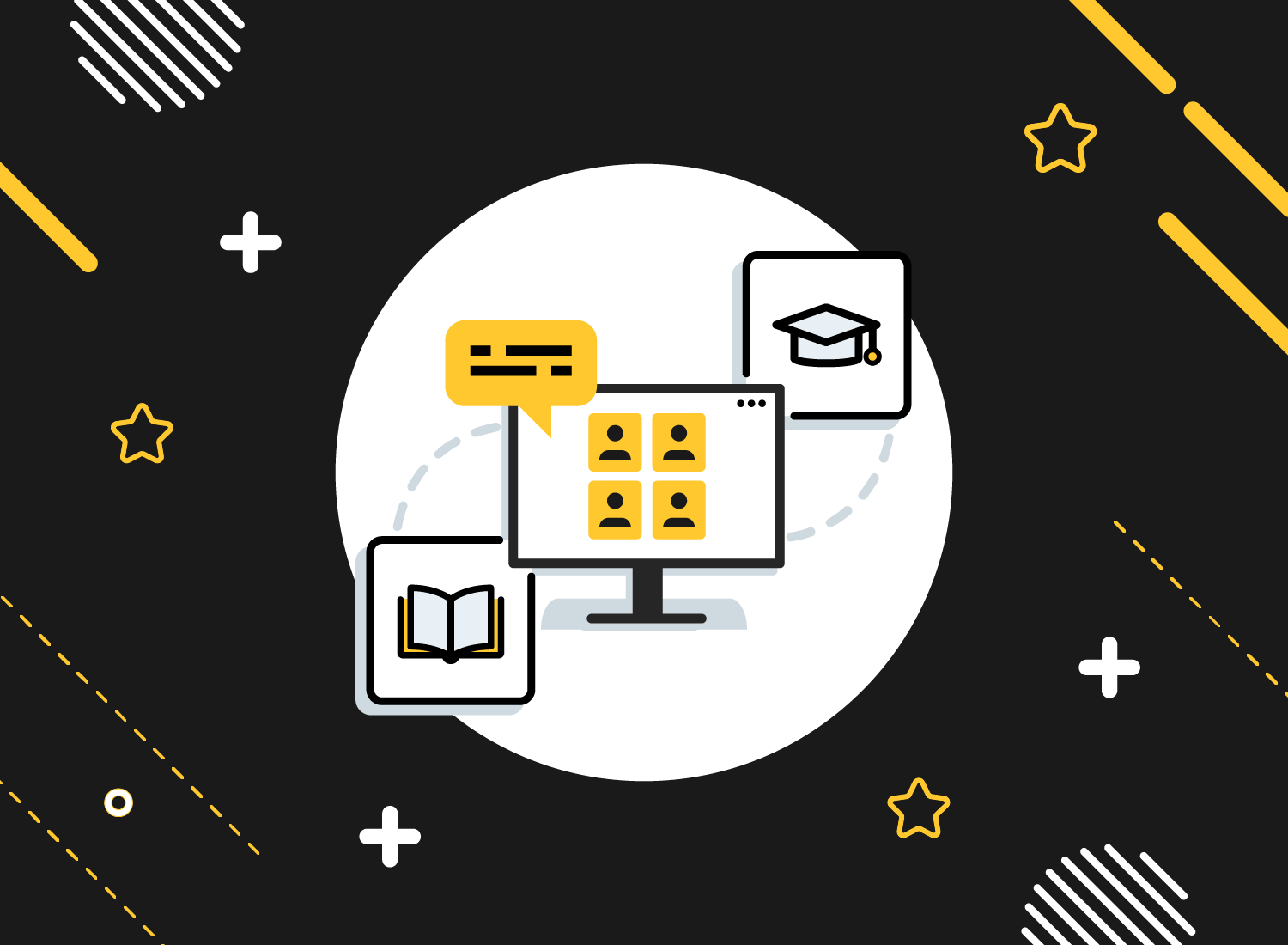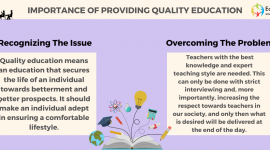Online learning– Online learning is a type of education that takes place primarily through the internet. Online learning is often used to enhance existing courses and provide access to various courses and educational opportunities. The goal of online learning is to use technology to make learning more accessible to students who may not be able to attend school due to extenuating circumstances such as illness or work commitments.
The integration of online learning into traditional education systems is an innovative approach adopted by other countries to improve the quality of their educational systems. In the past few years, many countries have adopted this approach due to its ability to deliver quality education, increase access to information, reduce costs, and improve the performance of students.
Traditional education– In a traditional education system students attend a school to learn and progress through a curriculum. It can be seen in primary and secondary schools and universities. Students are grouped into classrooms with other students. They are often taught by teachers who have studied the subject at a university or college.
Advantages of Integrating Online Learning into Traditional Education

As per the research by the CBSE schools in India, The integration of online learning into traditional education systems allows students to experience a seamless transition between the two modes of learning. It also helps in creating a better overall learning experience for students since they can access different educational materials.
-
Flexibility and convenience
It allows students to learn at their own pace.
It allows students to learn from anywhere in the world.
It provides access to a large pool of high-quality courses and teachers. Flexibility and convenience are the main advantages of integrating online learning into traditional education systems.
It is easier for students to access their e-learning resources when they want them. They do not have to wait until school or college hours so that they can get help from their teachers or peers. They can access these resources at any time, which gives them greater flexibility when it comes to planning their schedules and managing their time efficiently.
-
Personalized learning
Online learning allows students to interact with other learners across different geographical locations without having any geographical limitations. It helps them learn more effectively because they can exchange ideas with other people with similar interests or goals, thus improving their critical thinking skills and problem-solving abilities.
Integrating online learning into traditional education systems also increases access to knowledge by allowing students from all over the world to interact with each other through blogs, chat rooms, and discussion boards. It helps them become more aware of global issues and challenges that affect us all today.
-
Access to quality education resources
The most important benefit is that it provides access to quality resources that are difficult or impossible to find in local libraries and bookstores. The Internet offers users free access to learning materials, including articles, videos, and other resources. Online learning allows students to take advantage of these resources from anywhere in the world. It is an especially important advantage for people who live in remote areas with no good schools nearby or who cannot afford to attend a traditional school.
Challenges of Integrating Online Learning into Traditional Education

Integrating online learning into traditional education systems presents many challenges.
-
Implementation and integration
The first challenge is that there are no standard guidelines for the integration of online learning into the existing curriculum. To integrate online learning into traditional education systems, we need to know how to assess students’ performance and translate their performance into grades to compare with other students’ performance.
To implement this type of system successfully, we must consider some important factors such as cost, time, and resources required for implementation, compatibility with existing equipment, and with existing software programs.
-
Quality control and assessment
Another challenge is that teachers need the training to teach with technology in the classroom. Teachers need training on how best to engage students in learning through technology and how to evaluate students’ performance using online tools. Furthermore, teachers need training on managing student interactions online so that they do not become disruptive or distracting while working on assignments together as a class or group.
Quality control is one of the most important issues in online learning systems. It includes both technical and pedagogical aspects. For example, when it comes to technical quality control, instructors should check whether all the students have access to their materials and whether they can complete their assignments successfully. In addition, for pedagogical quality control, instructors should check whether students can understand the content presented on their websites and that they can apply it in real-life situations correctly.
-
Addressing equity and access concerns
Many students do not have access to high-quality educational resources for teachers who can help them succeed with their work. By providing online learning resources, we can ensure that all students have access to resources regardless of where they live or their economic status. It will ensure that all students have the same opportunities when it comes to their education.
Approaches to Integration
-
Blended learning
The most common approach to integrating online learning into traditional education systems is blended learning. Blended learning combines face-to-face classroom instruction with online resources and activities. Teachers often use this approach because it allows them to deliver content in more than one way and increases student motivation by providing opportunities for more active participation in class activities.
With this method, students are typically expected to complete certain tasks before class or over breaks so they can participate in in-class discussions or work on group projects collaboratively with other students from around the world.
-
The online supplement to traditional education
This approach focuses on using technologies in ways that enhance traditional classroom experiences by providing students with additional resources, tools, or opportunities to communicate with others outside their class but within their institution. It also includes efforts to improve access to information outside the classroom through online databases or other electronic tools which students can use when preparing for classes or conducting research projects.
-
Hybrid models
In recent years, the use of technology in schools has been growing at an exponential rate. It has led to the development of various approaches to integrating technology into the classroom and curriculum. These approaches range from full integration (where every student is using technology as part of their daily learning) through partial integration (where some students are using technology) to no integration (where no students are using technology).
In the hybrid model, the student attends a classroom-based course for a significant portion of the year and spends less time taking additional courses online.
Role of online learning in shaping the future of education

According to the school in India, The integration of online learning into traditional education systems is one of the most important factors in determining the future of education. It is also a crucial factor that will determine whether or not we can meet the needs of our students and the world population.
Online learning has already become an integral part of many people’s lives and will continue to evolve as technology advances. Online learning can be used for anything from basic instruction to higher levels of education, including degrees and certifications. It will continue to play an essential role in shaping the future of education by providing a solution for those who would otherwise not have access to good quality education.
Conclusion
The integration of online learning into traditional education systems has many benefits that make it an attractive option for students and educators. For example, online classes are often cheaper than traditional courses because they do not require much physical space or equipment. Online courses also allow students to learn at their own pace. It allows them to take advantage of their free time in ways that would not be possible with a traditional classroom schedule.
For any queries related to parenting, schooling, or any student-related tips, click here to check out our latest blogs.








